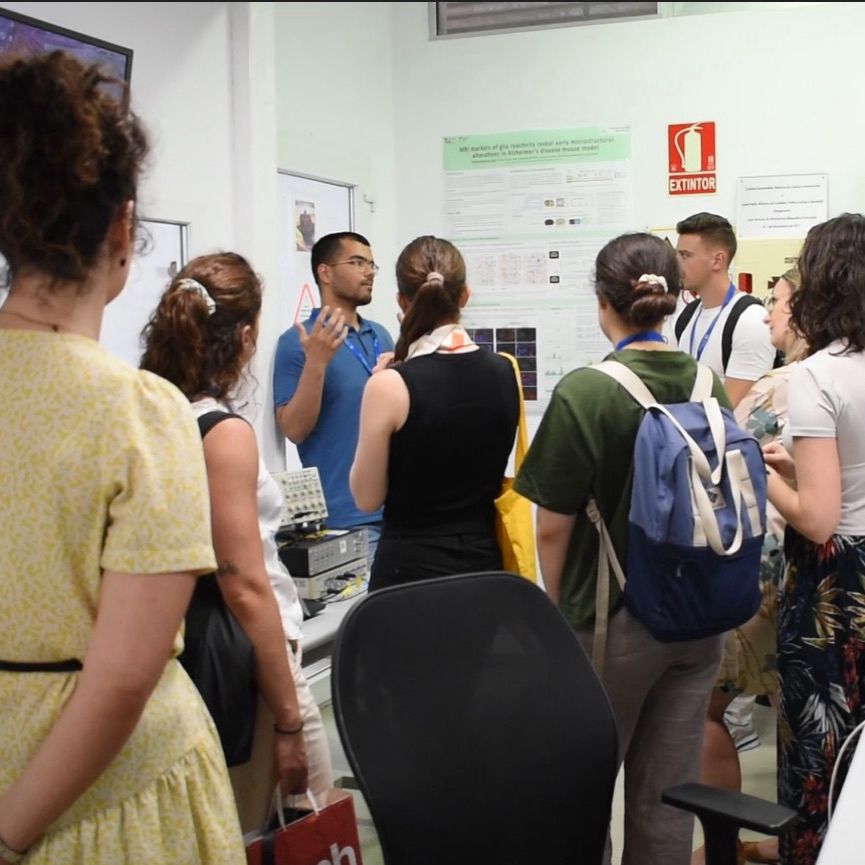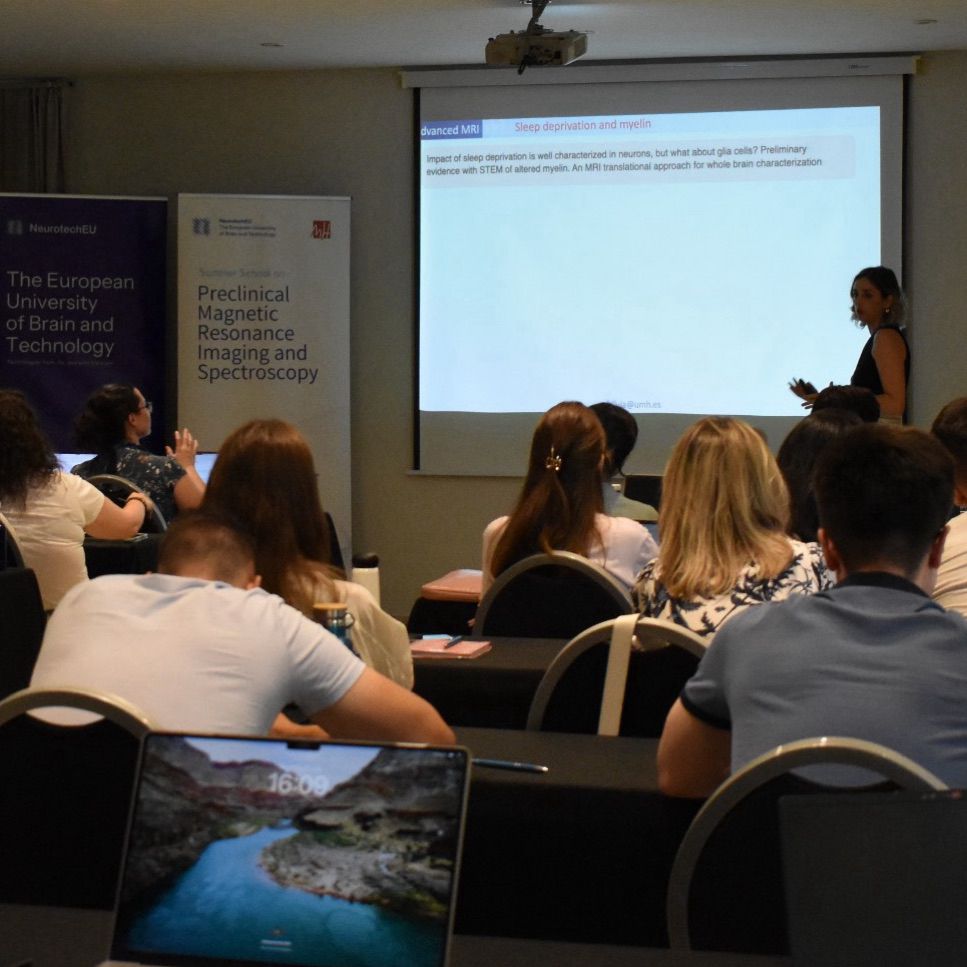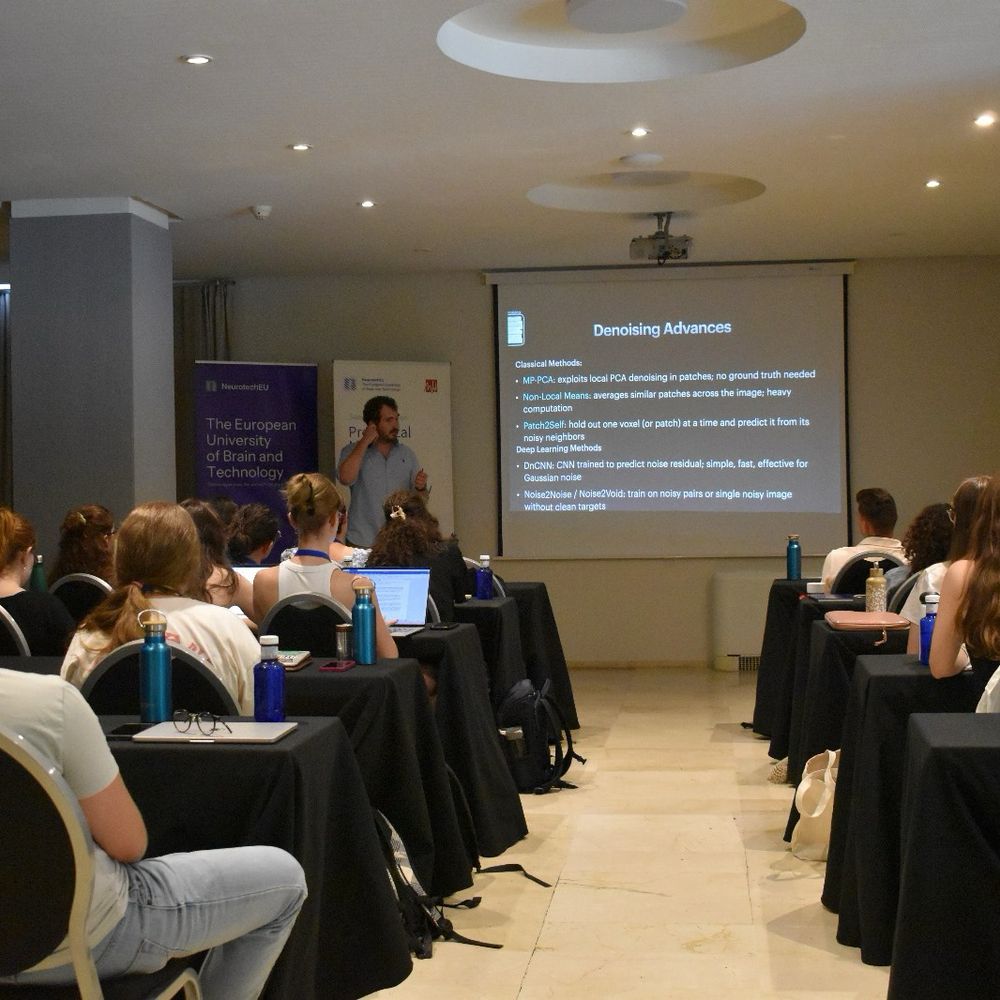🔹 David Moratal - @upv.es
🔹 @plopezlarrubia.bsky.social - @iibm-csic-uam.bsky.social
🔹 Mohamed Selim - @uniofnottingham.bsky.social
🔹 From @neuroalc.bsky.social: Santiago Canals @canalslab.bsky.social, Silvia De Santis @desantislab.bsky.social & @maxeggl.bsky.social 🙌




🔹 David Moratal - @upv.es
🔹 @plopezlarrubia.bsky.social - @iibm-csic-uam.bsky.social
🔹 Mohamed Selim - @uniofnottingham.bsky.social
🔹 From @neuroalc.bsky.social: Santiago Canals @canalslab.bsky.social, Silvia De Santis @desantislab.bsky.social & @maxeggl.bsky.social 🙌
@silviadesantis.bsky.social @desantislab.bsky.social for the incredible support, which I think was exactly the difference that allowed me to succeed this year. Now on to more science and research at the intersection between neuroscience and ML!
@silviadesantis.bsky.social @desantislab.bsky.social for the incredible support, which I think was exactly the difference that allowed me to succeed this year. Now on to more science and research at the intersection between neuroscience and ML!
💡 SpyDen bridges the gap between molecular-resolution imaging and user-friendly analysis.
If you’re doing fluorescence imaging of neurons—check it out.
Reproducible, customizable, and made for the community.
#OpenScience #Neuroinformatics #Microscopy
💡 SpyDen bridges the gap between molecular-resolution imaging and user-friendly analysis.
If you’re doing fluorescence imaging of neurons—check it out.
Reproducible, customizable, and made for the community.
#OpenScience #Neuroinformatics #Microscopy
📦 Get it here:
Code: github.com/meggl23/SpyDen
Compiled executables: gin.g-node.org/CompNeuroNet...
Documentation & tutorials included. This is an ongoing project so we’d love feedback from the community!

📦 Get it here:
Code: github.com/meggl23/SpyDen
Compiled executables: gin.g-node.org/CompNeuroNet...
Documentation & tutorials included. This is an ongoing project so we’d love feedback from the community!
🖥️ Works out of the box:
• For coders & non-coders
• Trained networks available
• No need to install complex dependencies
• Built for transparency and customization
🖥️ Works out of the box:
• For coders & non-coders
• Trained networks available
• No need to install complex dependencies
• Built for transparency and customization
🧪 We validated SpyDen against expert annotations across diverse datasets and use cases.
It performs reliably, making it suitable for both exploratory research and reproducible pipelines.
🧪 We validated SpyDen against expert annotations across diverse datasets and use cases.
It performs reliably, making it suitable for both exploratory research and reproducible pipelines.
🧰 What can SpyDen do?
• Detect neurites & synapses
• Track fluorescent puncta over time
• Analyze intensity & localization
• Export data in standard formats
• All with a GUI and video tutorials for onboarding
🧰 What can SpyDen do?
• Detect neurites & synapses
• Track fluorescent puncta over time
• Analyze intensity & localization
• Export data in standard formats
• All with a GUI and video tutorials for onboarding
✅ Enter SpyDen:
A Python-based platform designed to address this with 3 core goals:
1️⃣ Easy to use for multiple tasks
2️⃣ Fully open-source, with open data formats
3️⃣ Editable annotations, robust across resolutions
✅ Enter SpyDen:
A Python-based platform designed to address this with 3 core goals:
1️⃣ Easy to use for multiple tasks
2️⃣ Fully open-source, with open data formats
3️⃣ Editable annotations, robust across resolutions
❌ Most workflows today:
• Multiple software packages
• Custom scripts
• Manual annotation
• Poor reproducibility
• Limited scalability
And many AI tools are not general-purpose, not open, or hard to modify.
❌ Most workflows today:
• Multiple software packages
• Custom scripts
• Manual annotation
• Poor reproducibility
• Limited scalability
And many AI tools are not general-purpose, not open, or hard to modify.
🔍 Motivation:
Studying learning and memory means understanding molecules inside axons, dendrites, and synapses.
Modern microscopy can detect single molecules—
…but analyzing those images? Still often manual, fragmented, or semi-automated.
🔍 Motivation:
Studying learning and memory means understanding molecules inside axons, dendrites, and synapses.
Modern microscopy can detect single molecules—
…but analyzing those images? Still often manual, fragmented, or semi-automated.
And check out the preprint too: shorturl.at/8agYv
@neuroalc.bsky.social
🧵

And check out the preprint too: shorturl.at/8agYv
@neuroalc.bsky.social
🧵
✔️ Shorter, more comfortable scans
✔️ More patients can get high-quality imaging
✔️ Older, noisy datasets can now be rescued
✔️ Clinics can finally use advanced dw-MRI tools
All without needing to share or store sensitive patient data. (6/n)
✔️ Shorter, more comfortable scans
✔️ More patients can get high-quality imaging
✔️ Older, noisy datasets can now be rescued
✔️ Clinics can finally use advanced dw-MRI tools
All without needing to share or store sensitive patient data. (6/n)
✨ 90% faster scans
✨ High accuracy preserved
✨ Robust even with noisy data
(5/n)
✨ 90% faster scans
✨ High accuracy preserved
✨ Robust even with noisy data
(5/n)
Instead of training on huge amounts of real patient data, SBI learns from simulated data and can handle noisy, sparse measurements much more efficiently. (4/n)
Instead of training on huge amounts of real patient data, SBI learns from simulated data and can handle noisy, sparse measurements much more efficiently. (4/n)
Patients? They get the basics—if they’re lucky. (3/n)
Patients? They get the basics—if they’re lucky. (3/n)
But there’s a catch: it’s slow and resource-heavy. Long scans = longer waitlists + fewer patients helped. (2/n)
But there’s a catch: it’s slow and resource-heavy. Long scans = longer waitlists + fewer patients helped. (2/n)




